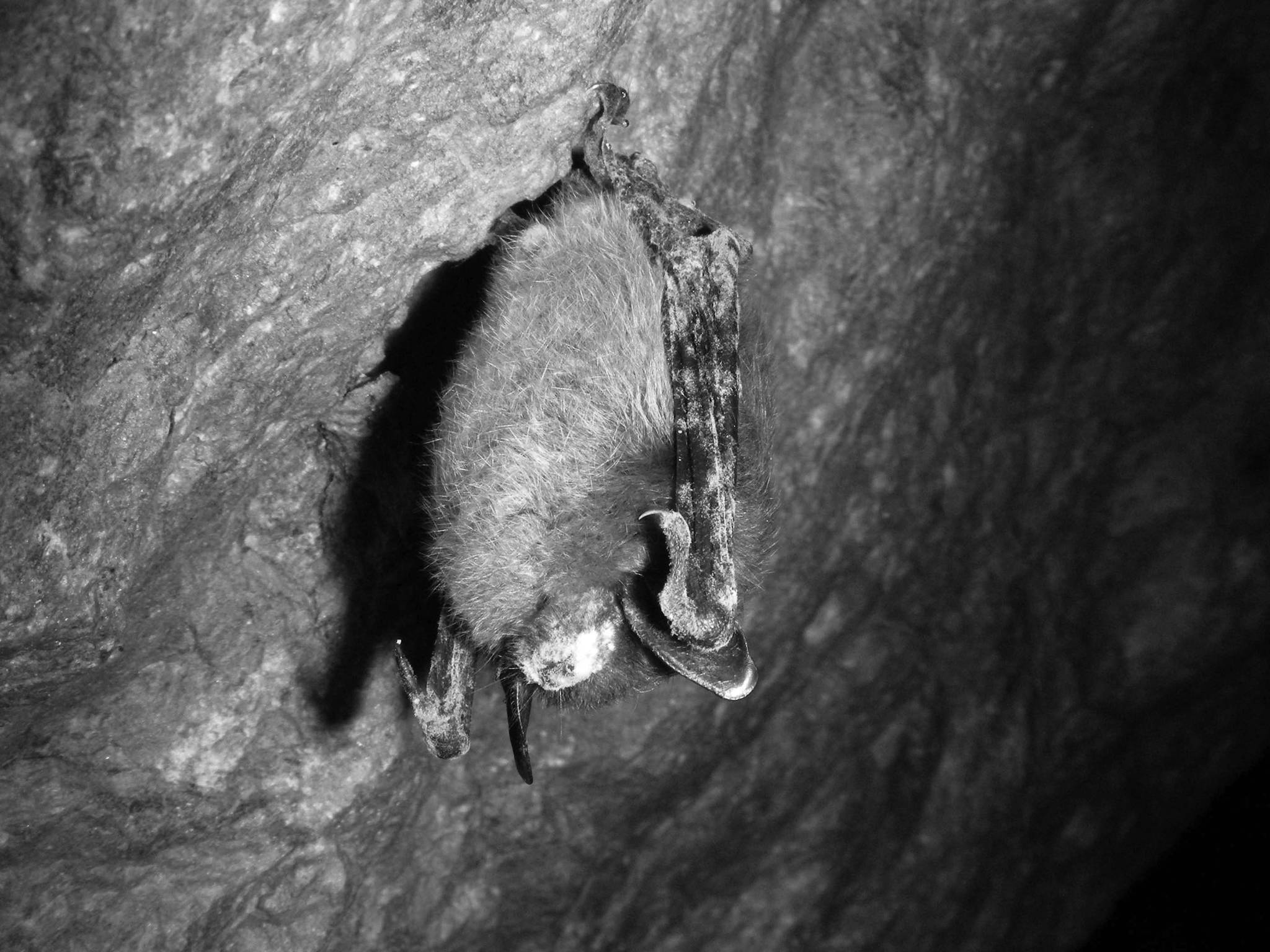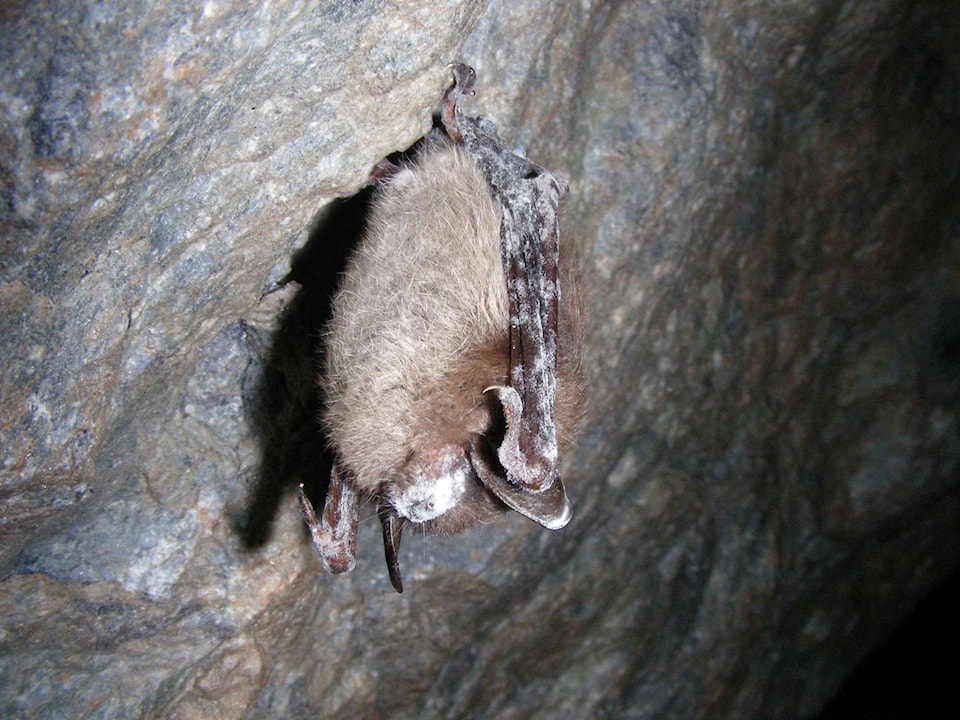A government-supported initiative is going to bat for bats.
The BC Community Bat Program has issued a plea to the public to keep an eye out for bats that may be threatened by disease.
A release issued this week states that White Nose Syndrome (WNS), a fungal disease responsible for the death of millions of bats in eastern North America, has moved to the west coast. Confirmed in Washington State in 2016 and 2017, the presence of the fungus is very worrisome for the health of bat populations in British Columbia, with near 100% mortality for some species of bats exposed to the fungus. Although devastating for bats, WNS does not affect humans.
The program, in collaboration with the B.C. government, is requesting the public’s help in monitoring the spread of this disease.
“We knew this deadly fungus was moving westward across North America” says Mandy Kellner, coordinator of the program, “but we thought we had many years to prepare”.
Instead, the disease has suddenly appeared in the west, spurring B.C. researchers into action. Because little is known about where B.C. bats hibernate, researchers are turning to the public for assistance in spotting the disease.
“The typical first sign of this disease is bats flying during the winter, an unusual sighting at a time of year when bats are hibernating. Another sign of the presence of WNS is the appearance of dead bats as they succumb to the effects of WNS.” said Kellner.
“We are encouraging the public to report dead bats or any sightings of winter bat activity to the CBP toll-free phone number, website, or email below,” she said.
The program release states, “If you find a dead bat, report it to the CBP (1-855-922-2287 ext. 14 or info@bcbats.ca) as soon as possible for further information. Never touch a dead bat with your bare hands. Please note that if you or your pet has been in direct contact with the bat you will need further information regarding the risk of rabies to you and your pet.”
Currently there are no treatments for White Nose Syndrome. However, mitigating other threats to bat populations and preserving and restoring bat habitat may provide bat populations with the resilience to rebound.
The program is funded by the Columbia Basin Trust, RDEK, RDCK, (through the Local Conservation Funds), Habitat Conservation Trust Foundation, the Province of BC and the Habitat Stewardship Program.

